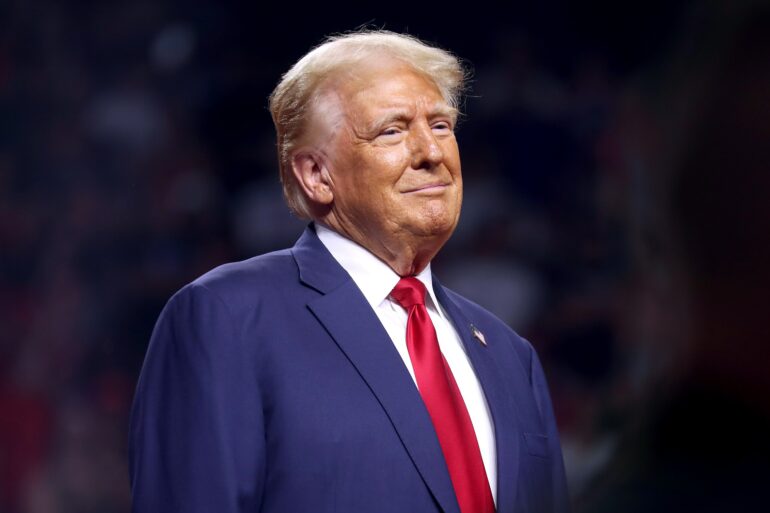In a move that marks one of the most significant reorganizations of the U.S. foreign policy apparatus in recent history, the Trump administration has now reportedly eliminated more than 1,300 positions at the State Department.
The overhaul is being described by officials as an effort to streamline operations and reassert presidential control over the federal bureaucracy.
According to internal documents and statements from senior administration figures, the positions were slashed over the past several months through a combination of early retirements, canceled contracts, and terminations.
Many of those affected worked in long-standing career roles, including policy planning, regional desks, and diplomatic support services.
Supporters of the decision say the move is part of a broader initiative to align the State Department with the president’s foreign policy vision, which prioritizes bilateral relationships and national sovereignty over multilateral institutions and traditional diplomatic consensus.
Inside the department, however, the restructuring has been met with unease.
Some diplomats and career officials expressed concern that the sudden changes could lead to a loss of institutional memory, weaken America’s diplomatic posture abroad, and diminish morale across the agency.
While some senior administration officials characterized the cuts as long overdue, more liberal critics argue that the purge reflects an ideological agenda more than a strategic review.
The timing of the reductions, which occurred amid rising tensions in several global hotspots and as the United States faces renewed challenges in Eastern Europe, the Middle East, and the Indo-Pacific region, has prompted questions about whether the department will retain the capacity to respond effectively.
Administration allies have defended the move as a necessary correction to what they view as bureaucratic excesses that have accumulated over decades.
Officials familiar with the restructuring say it was designed not to impair core diplomatic functions but to eliminate redundancies and improve responsiveness.
Some of the positions cut included roles in public diplomacy, climate initiatives, and global health outreach—areas that had seen expansion under previous administrations. Several top-ranking diplomats who departed in recent months were not replaced.
As the administration continues to press for what it describes as a more disciplined and accountable foreign policy, the State Department now faces the challenge of operating with a significantly leaner workforce, even as global crises demand sustained engagement and strategic continuity. The long-term impact of the cuts remains to be seen.
[READ MORE: Stacey Abrams Claims Trump Will Soon Turn America Into an Autocracy]



